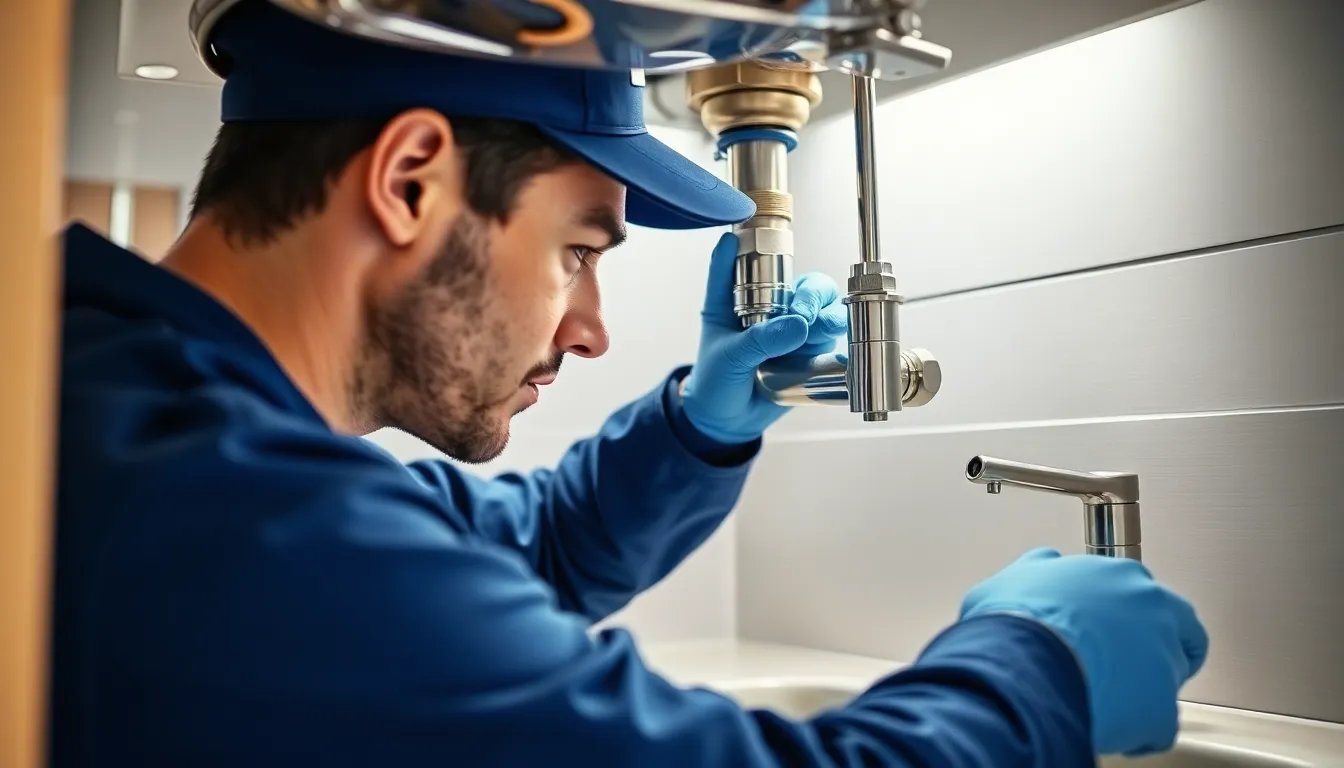Table of Contents
ToggleHome leak detection isn’t just a smart choice; it’s essential for protecting your property. Every year, countless homeowners face the consequences of undetected leaks, leading to costly repairs and potential health hazards. From hidden pipes to roof leaks, these issues can quietly wreak havoc if left unchecked.
By understanding the signs of leaks and utilizing modern detection methods, homeowners can save money and avoid unnecessary stress. With advancements in technology, detecting leaks has never been easier. Whether it’s through smart devices or professional services, taking proactive measures can safeguard a home’s integrity and enhance overall peace of mind.
Overview of Home Leak Detection
Home leak detection plays a vital role in safeguarding property from moisture-related damage. Undetected leaks can lead to structural issues, mold growth, and increased utility costs. Early identification minimizes repair expenses and health risks associated with water damage.
Several common signs indicate a leak, such as water stains, mold presence, or unusually high water bills. Homeowners should be vigilant for these indicators, as they can signify leaks in various systems, including plumbing, roofs, or appliances.
Modern detection methods enhance the ability to pinpoint leaks efficiently. Technologies like acoustic sensors, thermal imaging cameras, and moisture detectors provide precise leak identification without invasive procedures. Smart home devices also facilitate real-time alerts, allowing homeowners to address issues promptly.
Professional leak detection services offer additional expertise. Trained technicians use advanced equipment to locate and diagnose leaks accurately. By opting for these services, homeowners can ensure thorough inspections and tailored solutions.
Proactive maintenance, including regular inspections and prompt repairs, significantly reduces the risk of leaks. Homeowners benefit from creating a routine that involves checking plumbing systems and monitoring for signs of water damage.
Importance of Home Leak Detection

Home leak detection plays a critical role in safeguarding properties from moisture-related issues. Effective detection prevents significant damage, promotes safety, and ensures long-term property value.
Consequences of Undetected Leaks
Undetected leaks lead to various damaging consequences:
- Costly Repairs: The longer a leak goes unnoticed, the more extensive the damage becomes, resulting in increased repair costs.
- Structural Issues: Prolonged exposure to water can weaken foundations, ceilings, and walls, making structures unsafe.
- Mold Growth: Moisture creates an ideal environment for mold, posing health risks and requiring expensive remediation.
- Decreased Property Value: Persistent leaks can deter potential buyers due to visible damage or liability concerns.
- Increased Utility Bills: Leaks contribute to higher water bills, reflecting inefficiencies in water usage.
Cost Savings from Early Detection
- Minimized Repair Expenses: Detecting and addressing leaks early prevents the need for extensive repairs, saving homeowners thousands of dollars.
- Lower Utility Bills: Identifying leaks quickly helps decrease monthly water bills, promoting efficient water use.
- Insurance Benefits: Proactive leak detection may result in lower premiums since insurers often view it favorably during policy assessments.
- Increased Lifespan of Home Systems: Timely repairs extend the life of plumbing and structural systems, avoiding expensive replacements.
- Enhanced Property Value: A well-maintained home with no leaks retains higher market value, appealing to potential buyers.
Types of Home Leak Detection Methods
Various methods exist for detecting leaks in homes. Homeowners can choose between manual inspection techniques and advanced technological solutions.
Manual Inspection Techniques
Manual inspection techniques involve visual checks and physical assessments to identify potential leaks. These methods include:
- Visual inspections: Homeowners examine areas such as ceilings, walls, and floors for signs of water damage, such as stains or discoloration.
- Water meter tests: Homeowners can monitor their water meter to detect discrepancies; if water usage increases without a known cause, a leak may be present.
- Listening for sounds: Hearty dripping or running water sounds in quiet areas of a home can indicate hidden leaks.
- Checking appliances: Homeowners inspect appliances like washing machines and dishwashers for leaks at connection points and hoses.
Technological Solutions
Technological solutions offer modern and efficient methods for leak detection. These include:
- Acoustic sensors: These devices listen for the distinct sounds of water escaping from pipes, allowing for precise leak localization.
- Thermal imaging cameras: Cameras detect temperature variations in walls and floors, making hidden leaks more visible by showing cold spots where moisture is present.
- Moisture detectors: These devices measure the moisture levels in specific areas, providing alerts when readings exceed normal ranges.
- Smart home devices: Smart leak detectors provide real-time alerts via mobile apps. These systems can automatically shut off water supply upon detecting a leak.
Homeowners can use these methods to enhance leak detection, improve efficiency, and safeguard their properties from moisture-related damage.
How to Choose the Right Leak Detection System
Selecting the appropriate leak detection system involves evaluating several key factors. Homeowners must weigh features, technology, and brand reputation to ensure an effective solution.
Factors to Consider
- Type of Technology: Choose between manual detectors and advanced technologies like acoustic sensors, thermal imaging cameras, or smart home systems. Each offers unique benefits such as precise detection or real-time monitoring.
- Coverage Area: Assess the size of the area needing protection. Some systems cover larger spaces while others are designed for specific locations, like under sinks or near appliances.
- Ease of Installation: Consider whether the system requires professional installation or if it’s user-friendly for DIY installation. Self-installable systems can save on upfront costs.
- Real-Time Alerts: Opt for systems that provide immediate alerts via smartphone notifications. Quick alerts enable prompt responses, potentially preventing significant damage.
- Integration with Existing Systems: Evaluate compatibility with smart home devices. Integration enhances automation and allows seamless monitoring alongside other systems.
- Battery Life: Consider battery-operated devices. Long battery life ensures consistent operation without frequent replacements.
- Cost: Analyze initial costs along with potential long-term savings on repairs and utility bills. A cost-effective system balances affordability with reliability.
Popular Brands and Products
| Brand | Product Name | Key Features |
|---|---|---|
| Honeywell | Home Water Leak Detector | Smart alerts, easy installation, affordable price |
| Flume | Smart Water Monitor | Real-time monitoring, mobile app integration |
| Aqualeak | Wireless Leak Detection System | Battery-operated, customizable zones, alerts via SMS |
| Nucleus | Wireless Smart Leak Detector | Interfaces with other smart devices, voice alerts |
| Zircon | Leak Alert Electronic Device | Visual and audio alerts, compact design |
These brands and products provide a range of options suitable for various homes. Homeowners should compare these features to find the most suitable leak detection system for their specific requirements.
Maintenance Tips for Leak Detection Systems
Maintaining leak detection systems ensures optimal performance and longevity. Regular upkeep allows homeowners to prevent leaks before they become significant issues.
- Inspect Sensors: Check sensors every six months for any signs of damage or wear. Replace battery-operated sensors when batteries are low to maintain functionality.
- Test Alarms: Test alarm systems monthly to confirm they function correctly. Audible alerts help detect potential leaks promptly.
- Clean Equipment: Keep sensors and detection devices free from dust and debris that could obstruct performance. A damp cloth suffices for most cleanings.
- Review Data: Analyze historical data from smart leak detection devices. This review can reveal patterns that might indicate emerging problems, allowing for timely interventions.
- Check Plumbing: Inspect visible plumbing fixtures, such as under sinks or near water heaters, for any leaks. Address any moisture immediately to avoid escalation.
- Calibration: Ensure that advanced systems are calibrated according to manufacturer guidelines. Proper calibration will improve accuracy in leak detection.
- Check Smartphone Alerts: For smart devices, verify that notifications are enabled and the mobile application is updated. This ensures timely alerts for any detected issues.
- Professional Inspections: Schedule professional inspections annually to evaluate the effectiveness of the entire leak detection system. Experts can identify issues that might go unnoticed.
Implementing these maintenance tips helps homeowners maximize their leak detection systems’ benefits, safeguarding their properties from potential water damage effectively.
Home leak detection is essential for preserving property value and ensuring safety. By staying vigilant and employing both manual and advanced detection methods, homeowners can effectively identify leaks before they escalate into costly repairs. Investing in modern leak detection technologies not only enhances efficiency but also provides peace of mind.
Regular maintenance of these systems further maximizes their effectiveness, allowing homeowners to act swiftly at the first signs of trouble. With proactive measures in place, it’s possible to protect homes from moisture-related damage and enjoy long-term benefits. Ultimately, a commitment to leak detection safeguards both the home and its occupants.







